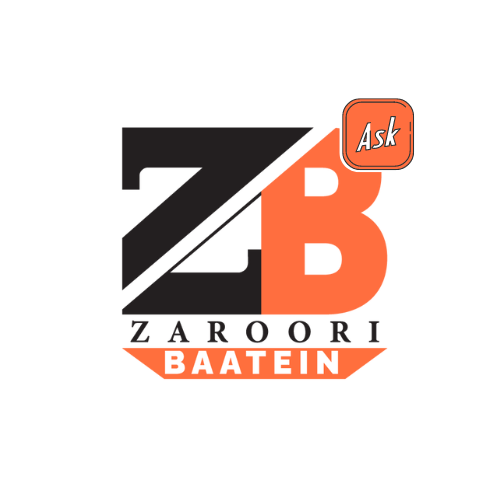In today’s digital-first learning environment, colleges and universities are managing an unprecedented number of devices, software licenses, and cloud-based systems. From student laptops and lab computers to licensed research software and IoT-enabled classrooms, the complexity of managing campus technology has grown dramatically. That’s why higher education IT asset management is no longer a back-office function—it’s a strategic necessity.
This article explores why effective IT asset management (ITAM) is critical in higher education, the unique challenges institutions face, and how solutions like LabStats are transforming how campuses manage their technology resources.
What Is IT Asset Management in Higher Education?
IT asset management refers to the systematic tracking and oversight of an institution’s technology infrastructure. In a higher education context, this includes:
· Computers in labs and libraries
· Faculty and student devices
· Printers, routers, and classroom A/V equipment
· Licensed software applications
· Cloud subscriptions and services
· Server infrastructure and network hardware
The goal of ITAM is to ensure that every asset is accounted for, optimized for performance, and compliant with licensing agreements and institutional policies.
Why Higher Education Needs Robust ITAM
Colleges and universities are unique in the tech world. Their IT departments must serve a diverse user base—including students, faculty, researchers, and administrative staff—across multiple departments and buildings.
Common challenges include:
· High user turnover every semester
· Distributed campuses with siloed departments
· Unpredictable software usage patterns
· Compliance demands related to FERPA, HIPAA, and software licensing
· Limited IT budgets and pressure to demonstrate ROI
Without clear visibility into asset usage and performance, institutions risk overspending, underutilizing resources, and exposing themselves to compliance risks.
The Role of LabStats in Higher Education IT Asset Management
LabStats is a purpose-built IT usage tracking tool designed specifically for higher education. It provides real-time data about how, when, and where campus technology is being used, allowing IT teams to make data-driven decisions.
Key Benefits of LabStats for ITAM:
1. Real-Time Usage Tracking
Know which lab computers and software programs are actually being used—and which are sitting idle.
2. Optimized Software Licensing
Stop paying for unused licenses. LabStats reveals which applications are most in-demand, so you can right-size your licensing agreements.
3. Campus-Wide Visibility
LabStats helps consolidate data from multiple departments, giving central IT full visibility into campus technology usage.
4. Support for Hybrid Learning
With more students learning remotely, LabStats tracks both on-campus and remote access to ensure equitable tech access.
5. Data-Driven Planning
Use usage trends and reports to plan lab upgrades, move resources where they’re needed most, or justify new technology investments.
ITAM Best Practices for Colleges and Universities
Implementing an effective IT asset management strategy takes more than just tools. It requires a cultural shift and cross-departmental cooperation. Here are a few best practices:
1. Centralize Asset Tracking
Break down departmental silos and create a unified asset inventory that includes all hardware and software.
2. Automate Where Possible
Use automated tracking tools like LabStats to reduce human error and free up staff for strategic projects.
3. Monitor Usage Over Time
Don’t just take a snapshot—track usage throughout the academic year to identify patterns related to semesters, exams, and course schedules.
4. Engage Stakeholders
Work with faculty, lab managers, and department heads to understand their tech needs and usage behaviors.
5. Plan for Lifecycle Management
Track the age and performance of devices to plan timely refreshes and avoid unexpected downtime.
Financial and Academic Impact
When implemented effectively, higher education IT asset management can yield tangible benefits:
· Cost savings from avoiding over-licensing and underused hardware
· Improved tech access by reallocating resources based on demand
· Reduced compliance risks through better documentation and tracking
· Stronger decision-making with reliable data to support budgeting and procurement
Ultimately, ITAM ensures that technology serves as a reliable foundation for learning, research, and innovation.
Conclusion
As campuses become more reliant on digital infrastructure, higher education IT asset management is essential to staying agile, compliant, and cost-effective. Platforms like LabStats give universities the visibility and control needed to manage IT resources intelligently and deliver better outcomes for students and staff alike.
If your institution is still managing technology with spreadsheets and guesswork, now is the time to adopt a smarter approach. ITAM isn’t just about assets—it’s about the people who use them.
